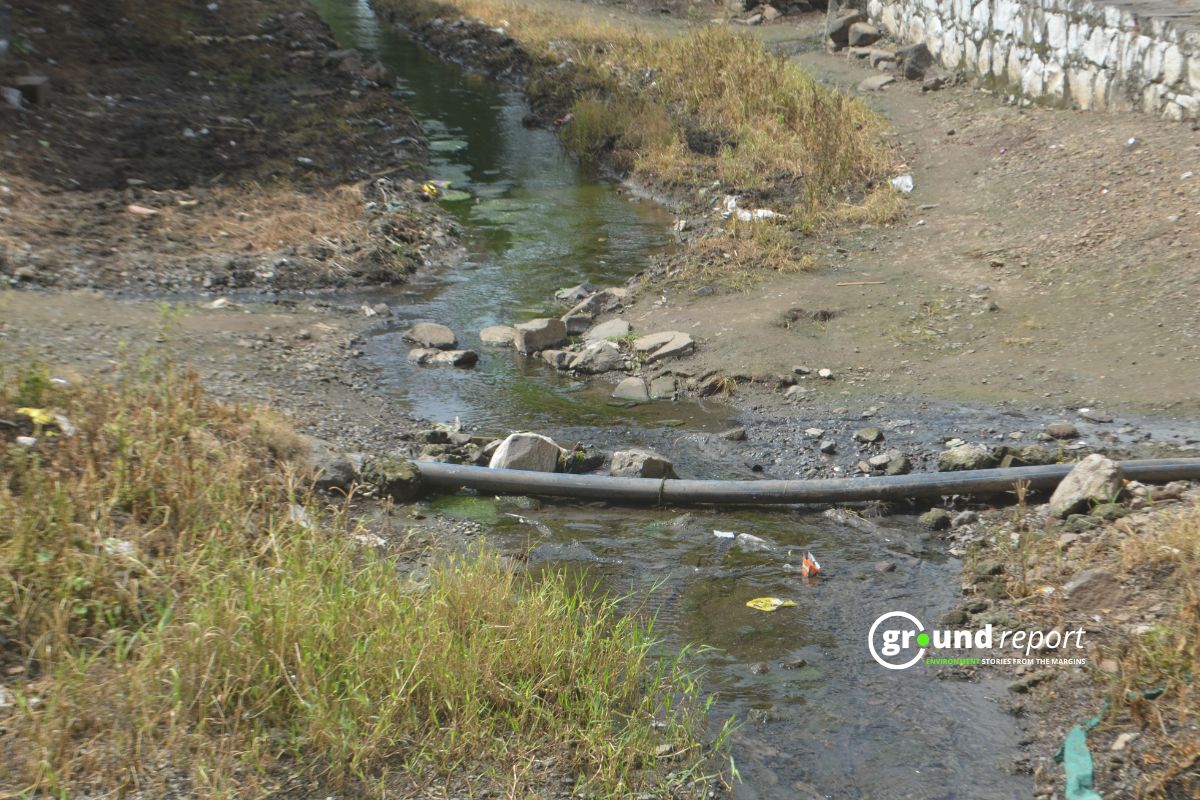Climate change, which is a long-term change in temperature and weather patterns, is fueling a heat wave in Kashmir that threatens people’s livelihoods.
According to the news Agency KNO, Due to the heat wave, farmers whose livelihoods depend on the horticulture and agriculture sector are very concerned as various diseases have occurred in the orchards and there is an early leaf drop that is likely to affect the fruits as well.
Experts believe that the effects of climate change are likely to increase in the future and adaptability measures are needed to reduce the effect of climate change.
Dr. MRD Kundnagar, a prominent environmentalist, said that climate change is a global phenomenon and that the valley, due to its geographical position, is a victim of climate change in its neighbouring countries.
“Abnormal air temperature is indicative of the impact of climate change. By analyzing the water samples of some high-altitude glacial lakes of the Valley, the high content of Nitrate-Nitrogen and Phosphates is attributed to climate change, since such elements are easily absorbed by the waters of the nutrient clouds”, he said.
“Nitrogen deposition from air pollution is increasingly reaching alpine lakes where the addition of nitrate and ammonium to sensitive surface waters can cause acidification or eutrophication,” he added.
Professor Mohammad Sultan, Head of the Department of Geography at the University of Kashmir, said that climate change characterizes extreme events, meaning that areas facing extremely cold temperatures in winters can become warmer and areas experiencing temperatures hot in the summer can get hotter.
“We have also witnessed heat waves in the past, but the incidence of climate change is likely to increase as if we witnessed heat waves in two years in a decade, but it can happen in four years in a decade and the same can be the case with drought, storms and uneven distribution of rainfall.
“In North India, including Kashmir, the distribution of rainfall is now uneven as previously there was rainfall of around 100-200mm in about three summer months and it was beneficial for agriculture and horticulture, but we are witnessing the same thing in just 10-15. days and the rest 2 and a half months it remains dry, so these sectors are being affected”, he said.
The variability of the rains is now very high and the amount of rain arrives in the shortest period of time; otherwise, its spread was around three months, he said, adding that rainfall variability leads to flooding and our water resources, including surface and groundwater, are also affected.
“Water is life and if water resources will be affected, it means that everything will be affected,” he said, adding that “to reduce the effect, it is necessary to take measures that include mitigation and especially adaptability measures.”
Mitigation measures are those measures by which we can directly reduce climate change i.e. reducing greenhouse gas emissions but there is almost no contribution from some areas including Kashmir in greenhouse gas emissions Greenhouse said, adding that mitigation measures at the UT level may not be that helpful, however, at the county level, such measures can definitely help reduce climate change.
“When you are already witnessing frequent climate change phenomena, you have to continue with your daily activity to earn a living, keep the economy going, and to adapt to that environment, you need to take some measures, which are known as adaptability measures,” he said.
There is a need to improve water conservation infrastructure because if we can save the rainwater we receive in a short period of time instead of months, it can be saved and used for different purposes when needed, he said.
“We must use water wisely and water rationing must be introduced in urban areas as a priority. People should be provided with water for two hours in the morning and two hours at night so that there is no misuse of water,” he said.
Keep Reading
Part 1: Cloudburst in Ganderbal’s Padabal village & unfulfilled promises
India braces for intense 2024 monsoon amid recent deadly weather trends
Support us to keep independent environmental journalism alive in India.
Follow Ground Report on X, Instagram and Facebook for environmental and underreported stories from the margins. Give us feedback on our email id greport2018@gmail.com.
Don’t forget to Subscribe to our weekly newsletter, Join our community on WhatsApp, and Follow our YouTube Channel for video stories.









